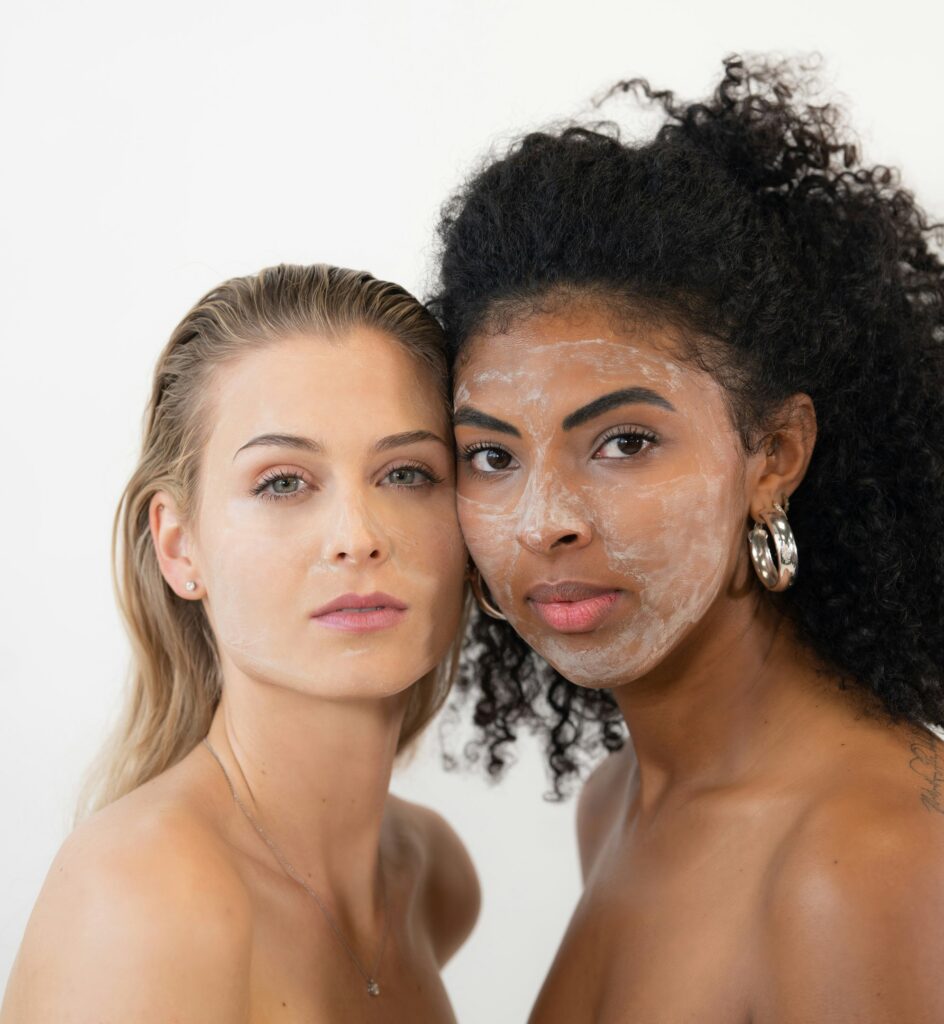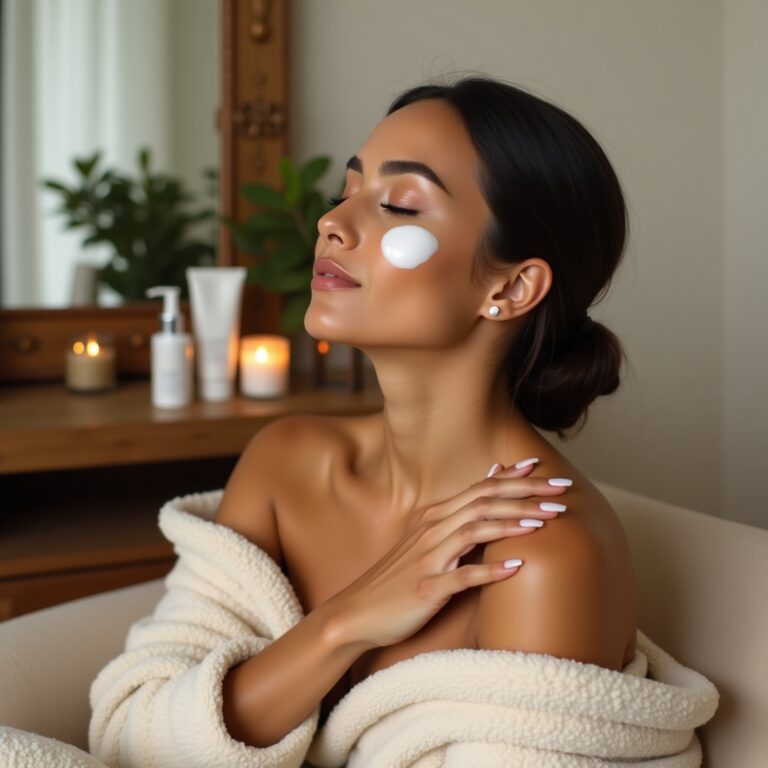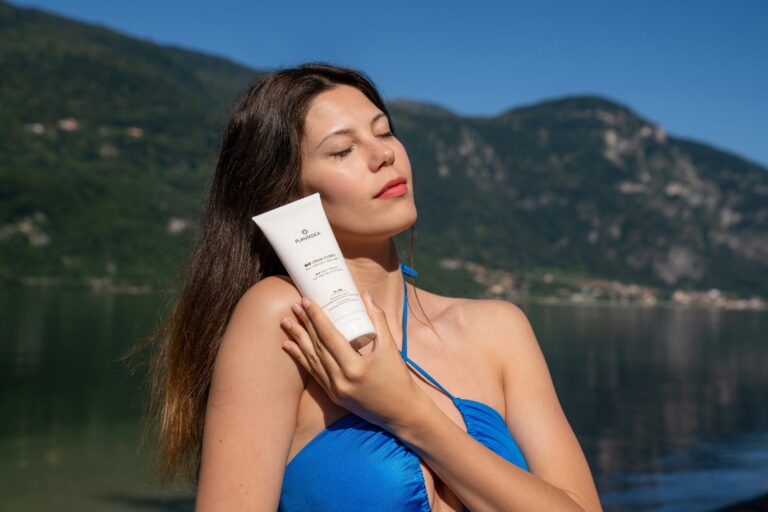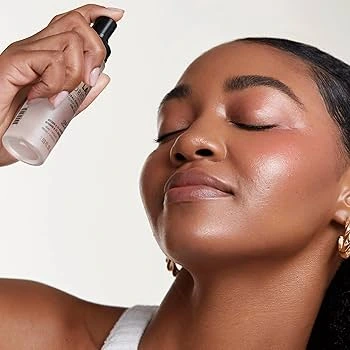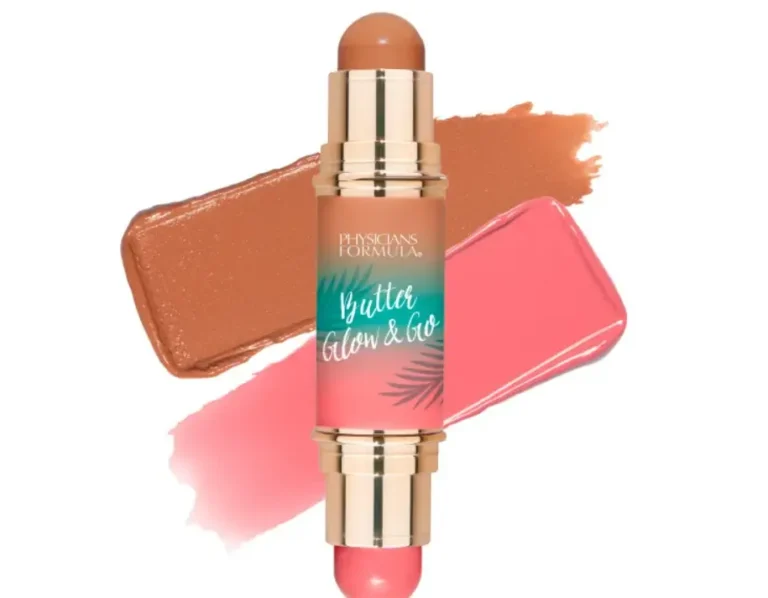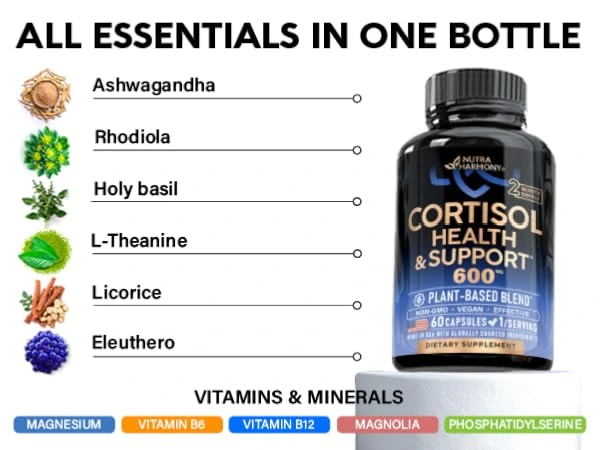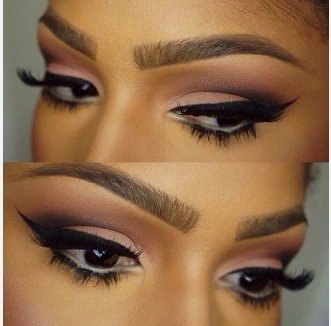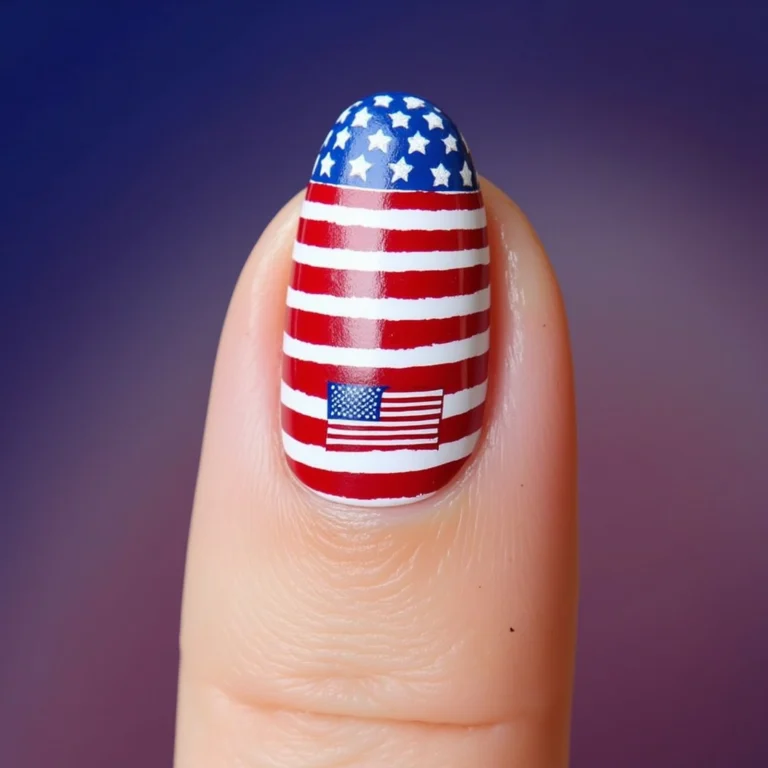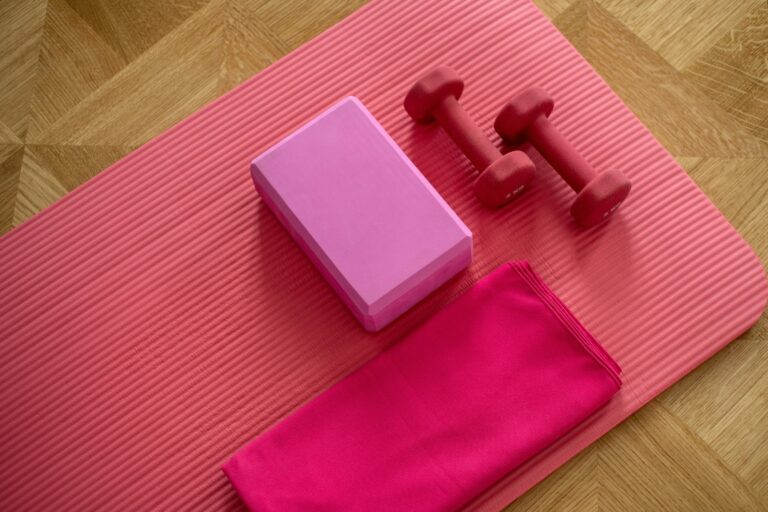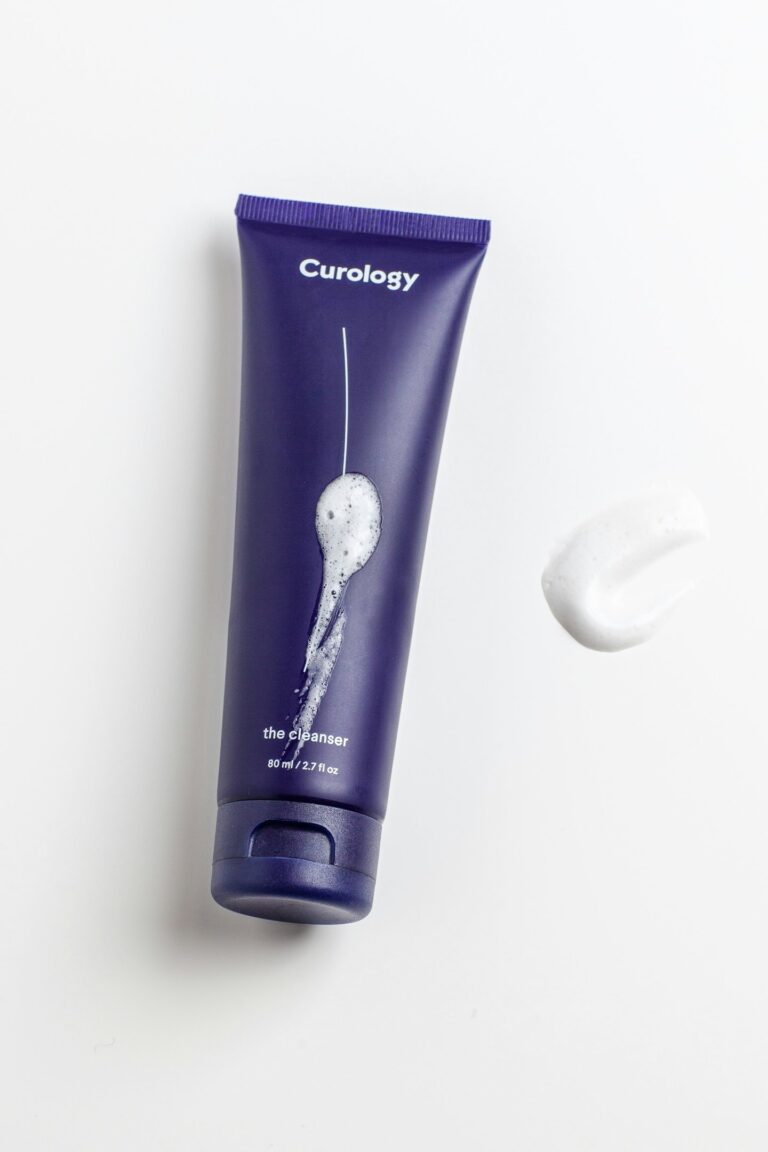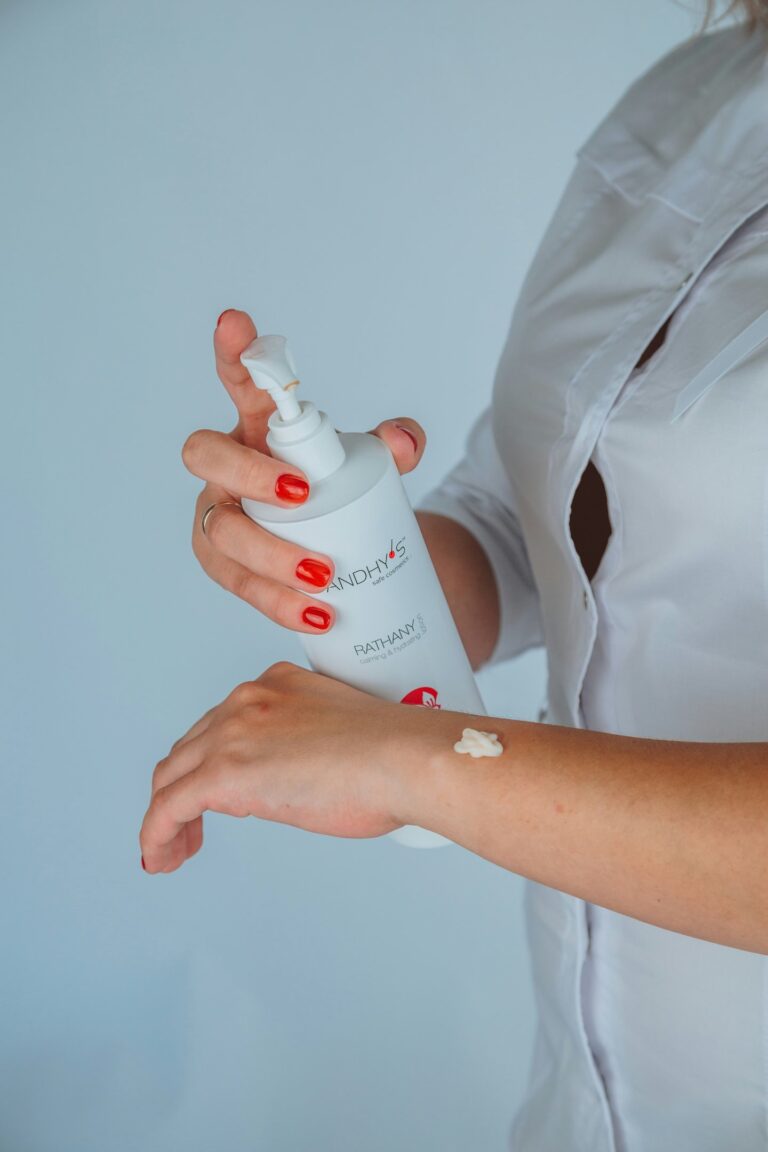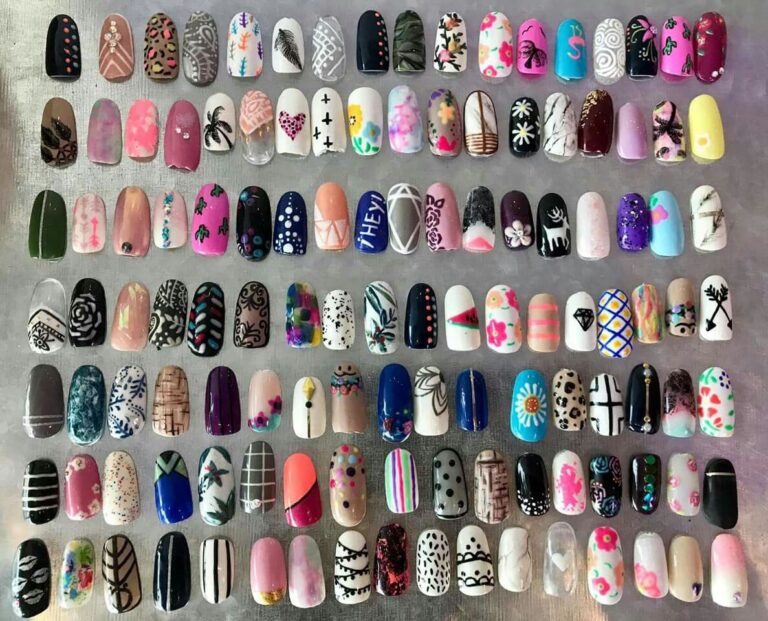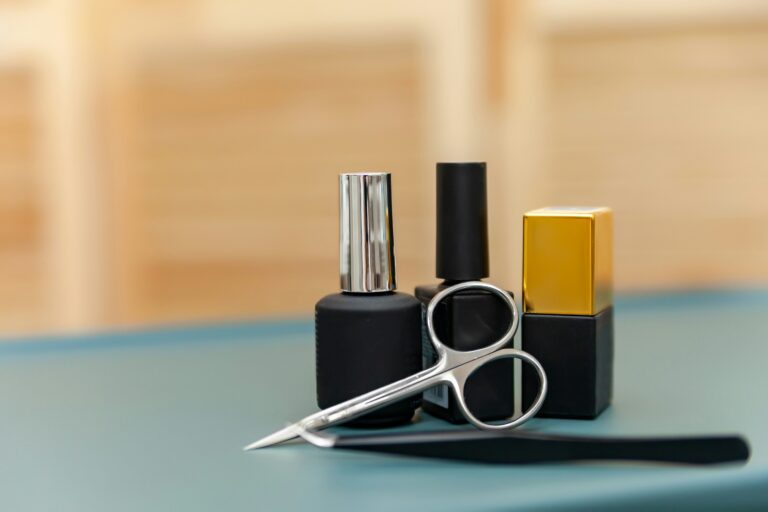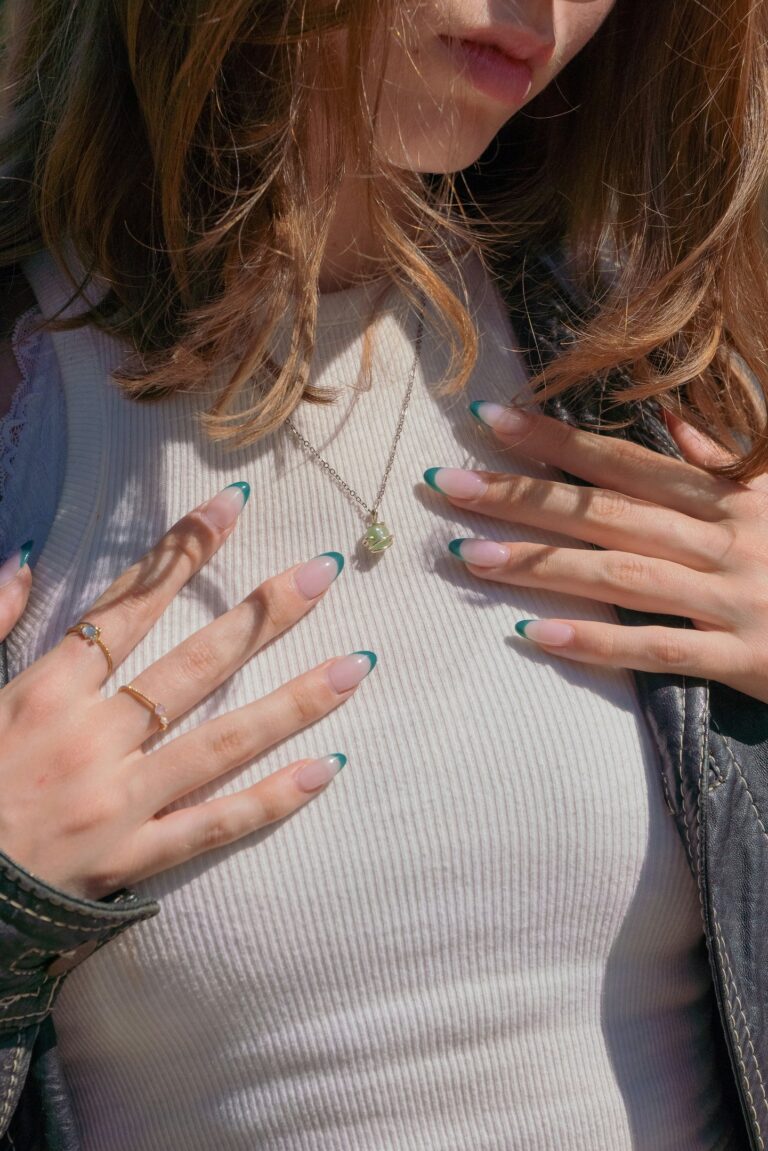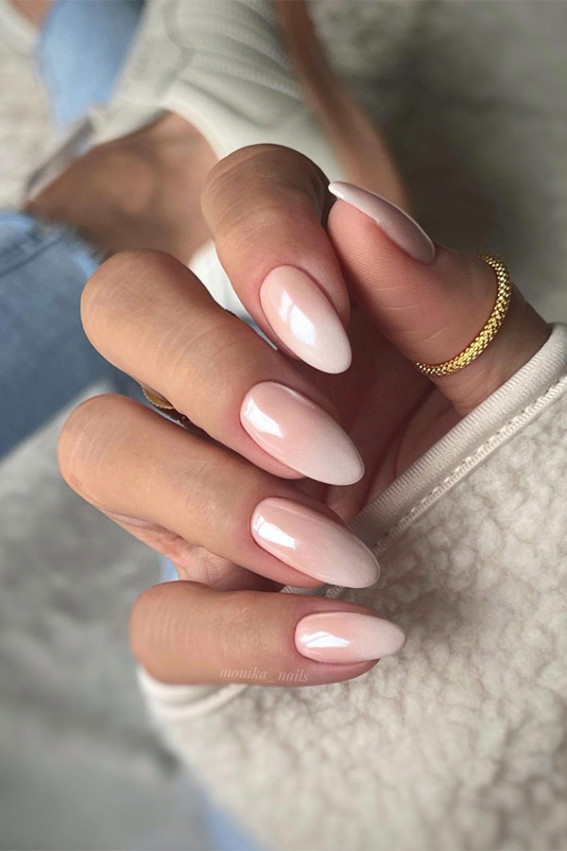1. First Things First — What Is Sensitive Skin?
Sensitive skin is a skin type. That means it’s part of your skin’s nature — just like dry, oily, or combination.
If you have sensitive skin, your skin tends to:
-
Turn red easily
-
Feel tight or uncomfortable after cleansing
-
React to new products with stinging or itching
-
Dislike fragrance or essential oils
It’s not always inflamed or irritated, but it can become reactive when triggered by harsh products, weather, or stress.
Think of sensitive skin as a quiet kid in class — calm most of the time, but will speak up if things get loud or confusing.
2. Okay, So What Is Reactive Skin Then?
Reactive skin isn’t a skin type — it’s a skin condition. It means your skin is currently inflamed or upset. Anyone, no matter their skin type, can experience it.
When skin is reactive, it might:
-
Burn, sting, or itch after applying a product
-
Turn red or blotchy in patches
-
Peel or break out in hives
-
Feel hot or extra sensitive to touch
Reactive skin is like a short fuse. It’s what happens when your skin’s protective barrier is compromised — kind of like walking barefoot on hot pavement. You’re gonna feel everything.
3. How to Tell Which One You’re Dealing With
- Is it a long-term thing?
-
Genetics (thanks, Mom and Dad)
-
Fair, thin, or dry skin
-
Skin conditions like rosacea or eczema
-
Environmental stress (pollution, sun, wind)
-
Overuse of actives (acids, retinol, vitamin C)
-
Harsh exfoliants or alcohol-based products
-
Allergic reactions
-
Barrier disruption (e.g. skipping moisturizer)
-
Stop all active ingredients for a few days
-
Use gentle cleansers
-
Moisturize like it’s your job
-
Stick to short ingredient lists
-
Gentle cleanser
-
Hydrating mist or toner
-
Barrier-repair moisturizer
-
Mineral-based sunscreen
-
Same gentle cleanser
-
Hydrating serum (optional)
-
Rich but non-clogging moisturizer
-
Cleanse once daily (evening only)
-
Moisturize twice daily
-
Skip serums, acids, and exfoliants
-
Avoid heat, spicy foods, and long showers
-
Ceramides
-
Panthenol
-
Niacinamide (low concentration)
-
Allantoin
-
Beta-glucan
-
Centella asiatica (Cica)
-
AHAs, BHAs, PHAs
-
Retinoids
-
Fragrance
-
Essential oils
-
Harsh scrubs
-
Azelaic acid (anti-inflammatory + acne help)
-
Low-dose niacinamide (barrier support + brightening)
-
Encapsulated retinol (gentler than traditional)
→ Sensitive skin: Yes→ Reactive skin: No (usually temporary)Is your skin always easily irritated?
→ Sensitive skin: Sometimes→ Reactive skin: Yes, very easilyDo products often trigger flare-ups?
→ Sensitive skin: Occasionally→ Reactive skin: Almost alwaysDoes your skin feel hot, itchy, or stingy?
→ Sensitive skin: Sometimes→ Reactive skin: FrequentlyIs your skin barrier likely damaged?
→ Sensitive skin: Maybe→ Reactive skin: Most likely
You might have sensitive skin and then become reactive. Or you might just be going through a temporary reactive phase from a new retinol, too much exfoliation, or even a cold wind snap.
4. What Causes Each?
Common Causes of Sensitive Skin:
Common Causes of Reactive Skin:
5. The Golden Rule: Fix the Barrier First
No matter what you’re dealing with, the barrier is where healing starts. Your skin barrier is like a brick wall — when it’s damaged, everything leaks out (moisture) and everything gets in (irritants).
So how do you fix it?
★ Try: this creamy, non-foaming cleanser that doesn’t strip or sting.
★ Try: this barrier repair moisturizer with ceramides and fatty acids.
★ Try: this soothing serum with panthenol and madecassoside.
6. Sensitive Skin Routine (Keep It Simple, Always)
AM Routine:
PM Routine:
★ Try: this mineral sunscreen with no white cast — great for sensitive types.
★ Try: this simple hydration serum that plays well with everything.
7. Reactive Skin Recovery Routine (The Skin Fast)
The trick with reactive skin is not to do more — it’s to do less.
For 3-5 days:
★ Try: this ultra-basic balm that feels like a hug on angry skin.
★ Try: this healing ointment that locks in hydration without clogging pores.
8. Ingredients That Help (and Ones That Hurt)
Ingredients to Look For:
★ Try: this toner with centella and green tea to calm skin post-flare.
Ingredients to Avoid (for now):
9. Can You Still Use “Actives” If You’re Sensitive?
Yes — but with caution. Sensitive skin can still benefit from ingredients like:
Introduce them one at a time, slowly, and always buffer with moisturizer.
★ Try: this beginner-friendly azelaic cream that tackles bumps and redness.
Final Thoughts: You Know Your Skin Best
Sensitive and reactive skin don’t have to feel like a mystery. Once you know which one you’re working with, it’s easier to treat your skin with patience, not panic.
Remember: fewer products, gentler formulas, and more moisturizer are always the move when your skin is upset. You don’t need a 10-step routine — just a little kindness and the right ingredients.

